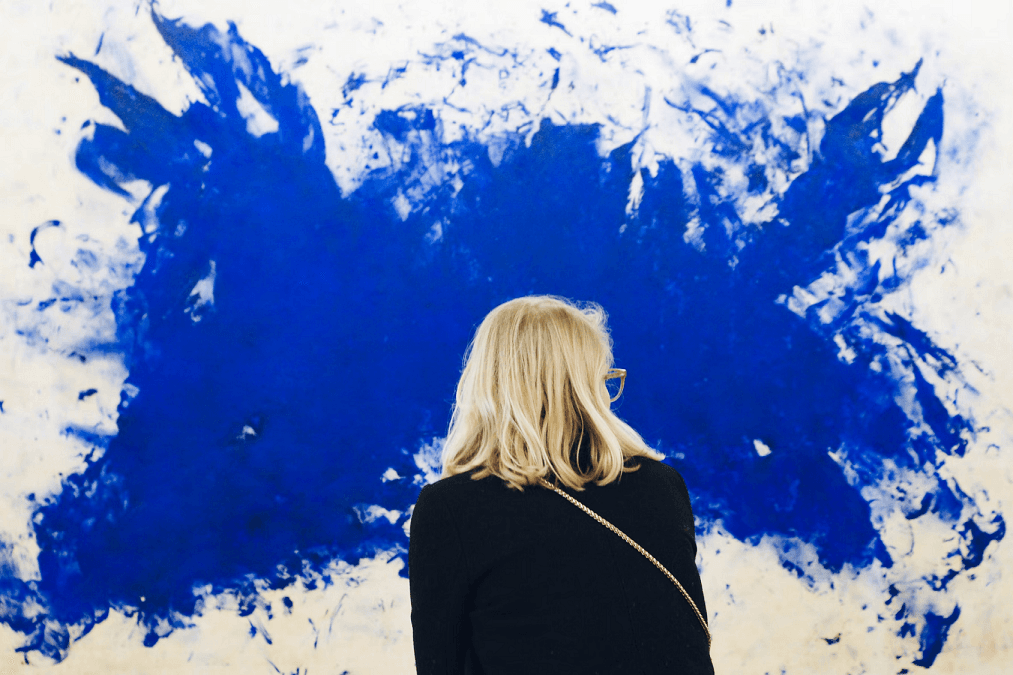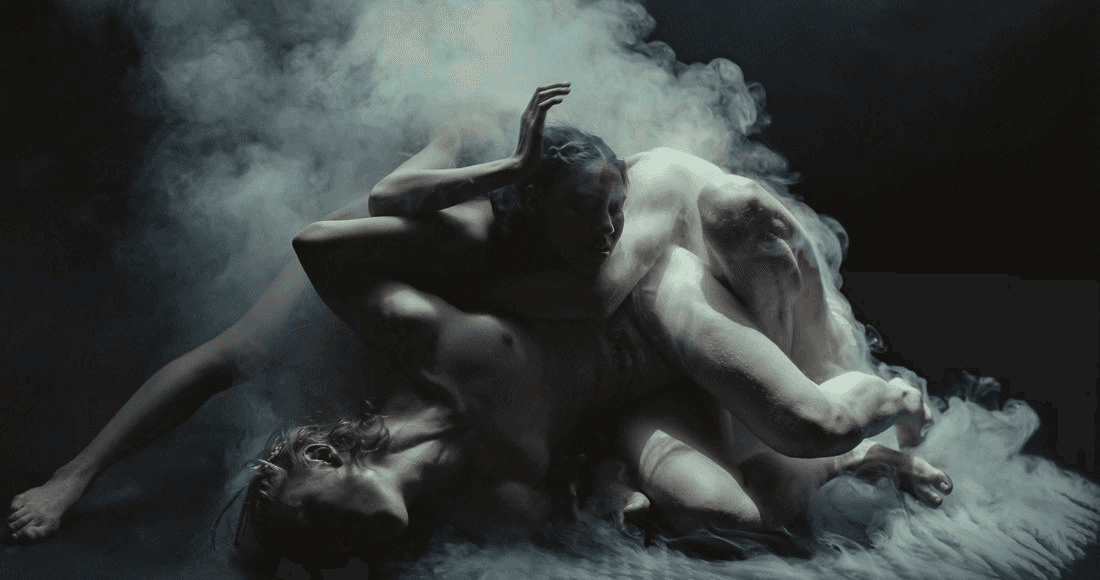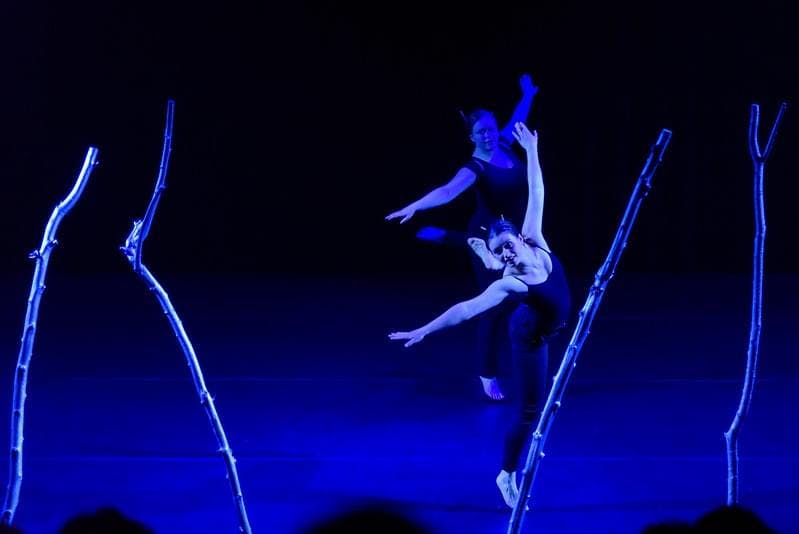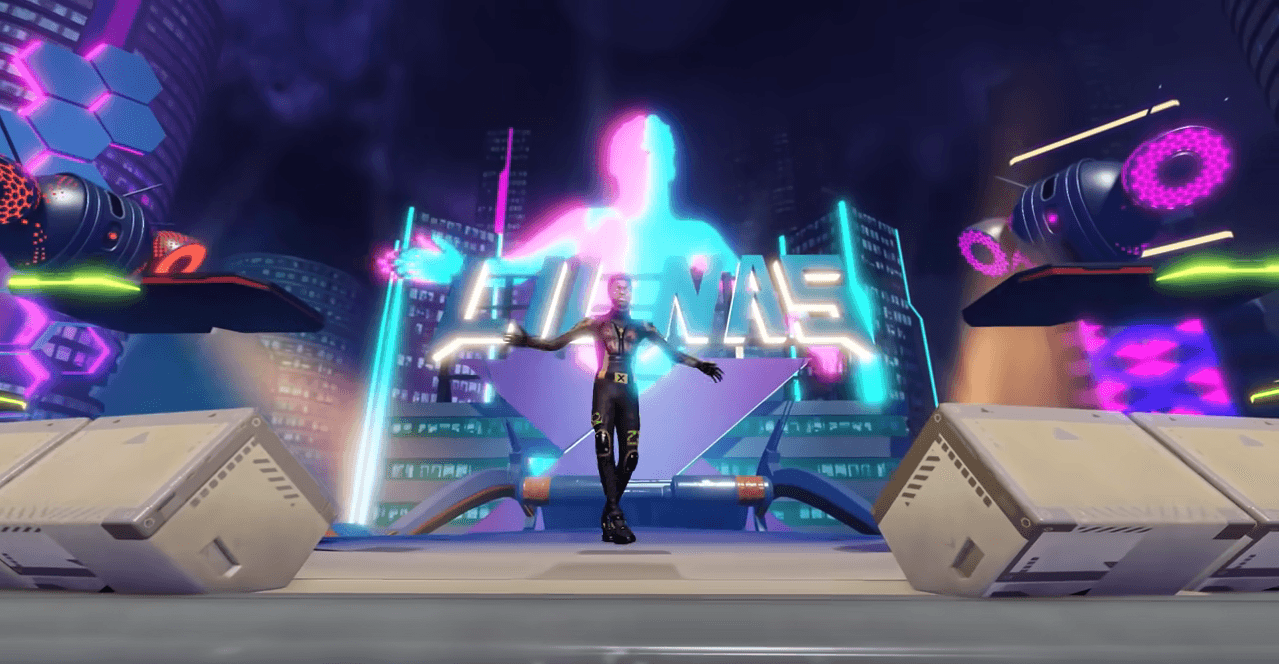
Inspiration: 5 x digital transformation in the cultural sector
You understand what digital transformation entails and want to get started on it with your organisation. Inspiration is always a nice place to start. Pick up some ideas from the following examples drawn from practice.
Below is a series of helpful examples drawn from the practical field. These organisations have already started using various digital technologies to reach a wider audience and to optimise their operational processes. This is how they remain in step with the changing needs of their audiences.
ITA and NDT
Wider public reach with hybrid programming
Why offer hybrid programming when you already have an attractive range of physical shows? Because it’s a great way to reach a bigger, wider, and even international audience!
ITA and NDT have been livestreaming their shows for a number of years. Their programme is hybrid: physical and digital. Their basic principle is to create and offer an additional, unique experience. Digital visitors are offered a theatre experience that does not fall short of a physical performance. For instance by offering a unique perspective on the show, e.g. from the dancers’ point of view. Thanks to the livestreams, both organisations have seen their international following grow, and have gained further insight into their audiences at the same time. They also formed new collaborative relationships to make the hybrid programming possible.
Curious to learn more about livestreaming? Discover here how ITA and NDT made it a part of their productions.

Holland Festival
Using a digital system to optimise work processes
Lots of processes need to run simultaneously when organising a festival or event. That applies for Holland Festival, too. A quick scan determined that there was a lot of overlap between documents and processes: everyone kept their own files, and the systems were unable to communicate with each other. In order to streamline the processes, Holland Festival integrated them in a single digital system: a Customer Relationship Management (CRM) tool that facilitates customer service, sales and marketing. The entire process was divided into parts, tested and optimised to create maximum overview: from cleaning up the database to modifying the website.
Introducing these smart processes not only enabled more efficient work processes, but also opened up new possibilities. For instance for a well-structured archive of the countless performances staged by Holland Festival. An archive that allows the (digital) public to once again enjoy the shows, searchable by theme, producer or maker.
Eager to discover how a digital system can achieve more efficient work processes? Read more about process optimisation at Holland Festival.
Theater De Kring
Digital theatre for inclusion
Theater De Kring has embraced digital innovation to make its offer more accessible. Visitors can now enjoy high-quality theatre performances without leaving home. Ten per cent of the population has an impairment which makes it difficult or impossible for them to physically visit the theatre. Theater De Kring reaches this audience with its online performances. To do so they employ a livestreaming and on-demand platform, and invested in equipment and training for their technical crew. They are recouping this investment by charging the same ticket price for the online registrations as for physical attendance. This way they offer an online experience for whoever is interested, but avoid discouraging people from coming to the theatre.
Like to know more about digital theatre to boost inclusion? Discover Theater De Kring’s strategy.

NNT and Club Guy & Roni
Innovation in online theatre
How can people at a remote location be moved by an online theatre show? NNT wanted to create a real theatre experience online, including the social interaction that comes with a night out. So NNT teamed up with Club Guy & Roni to develop NITE HOTEL. Visitors can follow a livestream anonymously on the platform, or can enjoy a live performance on Zoom. They can react and respond to each other using the chat function. By deliberately guiding people toward a single platform at a specific moment, NITE HOTEL became an environment where people can meet and talk to each other.
The NITE HOTEL platform also affects the making process. NNT likes to see NITE HOTEL as a new form of art that hovers somewhere in between film, theatre, and the digital realm. It is an interactive art form.
NITE HOTEL is a new art form that combines the digital, film and theatre. Pick up some inspiration from their strategy.
Lil Nas X and Roblox
A concert in the metaverse
Why would a world famous American rapper choose to give a live concert in the metaverse, rather than on stage somewhere in the world? And why does the hugely popular gaming platform Roblox choose to collaborate with a rapper in this way? The answer is simple: they want to reach and continue reaching the audience of the future. And they succeeded: in two days’ time, the four shows were viewed 33 million times. The show was a virtual concert: all the rapper’s moves were recorded and converted to his 3D avatar. His outfits and the Roblox environment also changed during the shows. The massive success of these concerts suggests a strong business model. Will this prove to be the way to share new art with the audience of the future?
Getty Villa Museum and Media.Monks
Greater public reach through an interactive experience
Getty Villa Museum in Los Angeles wanted to create more publicity for their exhibition on the ancient Persian Empire, and to reach a larger, worldwide audience. To do so it teamed up with the Dutch digital production company Media.Monks to create an overwhelming interactive experience. People can visit Persepolis in a 3D environment (Opens an external link): the former capital of this ancient empire. The digital experience complements a physical visit to the exhibition in Los Angeles, and makes it possible for interested people all around the world to experience the exhibition in a unique way.
Use technology to bring a world to life, which we cannot visit in real life
It required the close collaboration of archaeologists, historians, art experts, curators, makers and digital experts to accurately represent ancient Persepolis in a historically faithful manner. In this way they managed to bring a piece of history to life for a diverse international public. From proud Iranians who are eager to share their history with the world in this way, to history teachers and museum visitors keen to experience new perspectives.
Thanks to digital technologies, cultural institutions are able to create unique worlds. For example worlds like this one, which we can no longer visit in real life.
